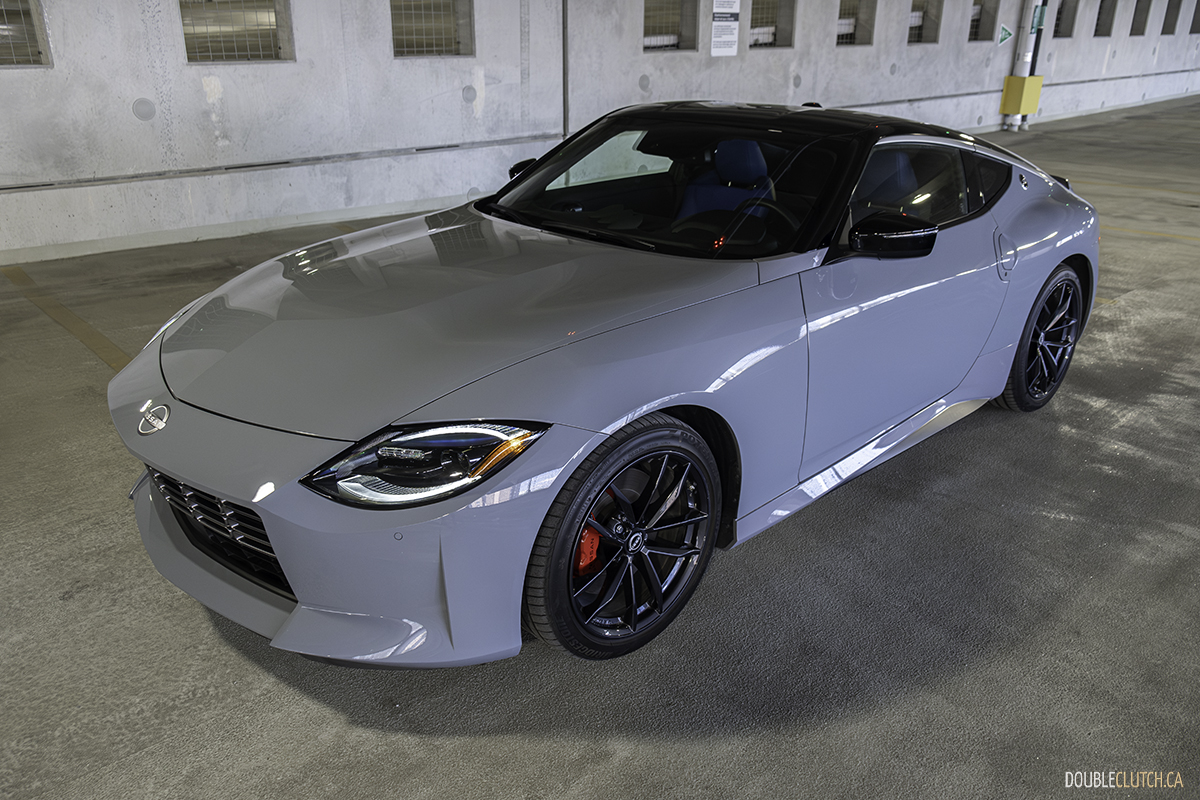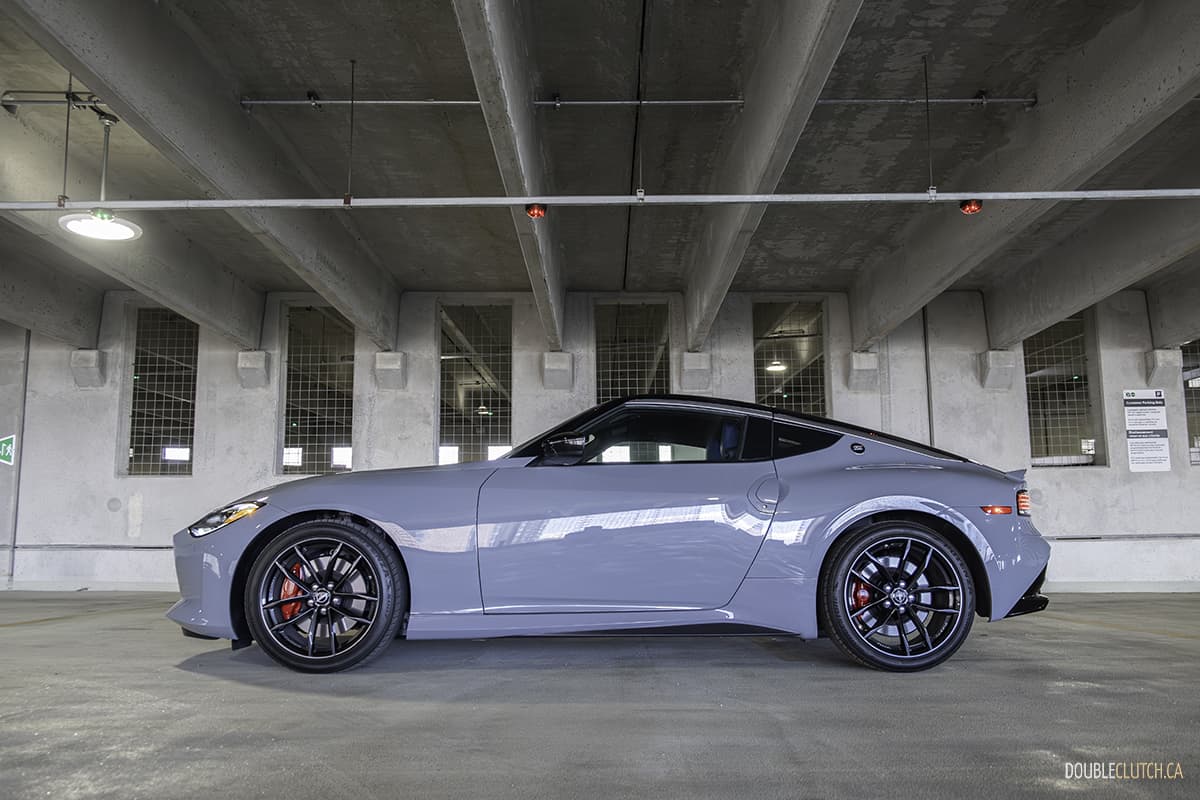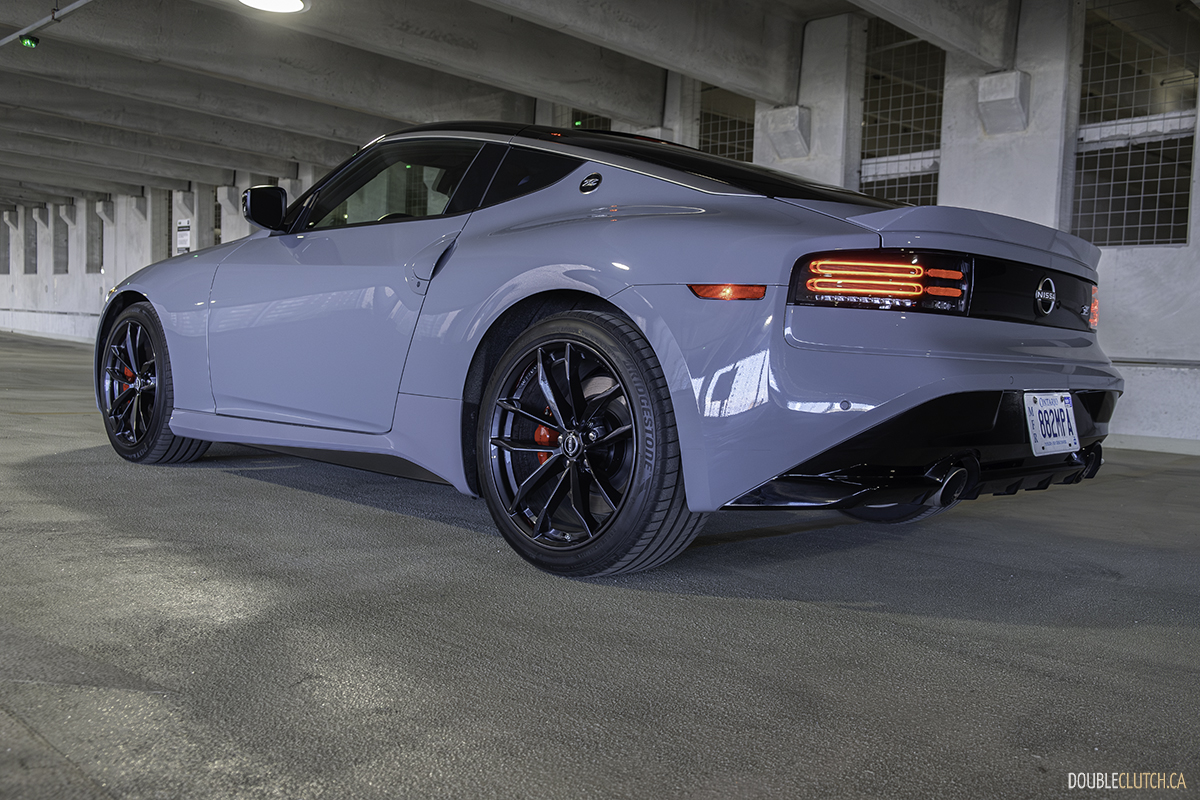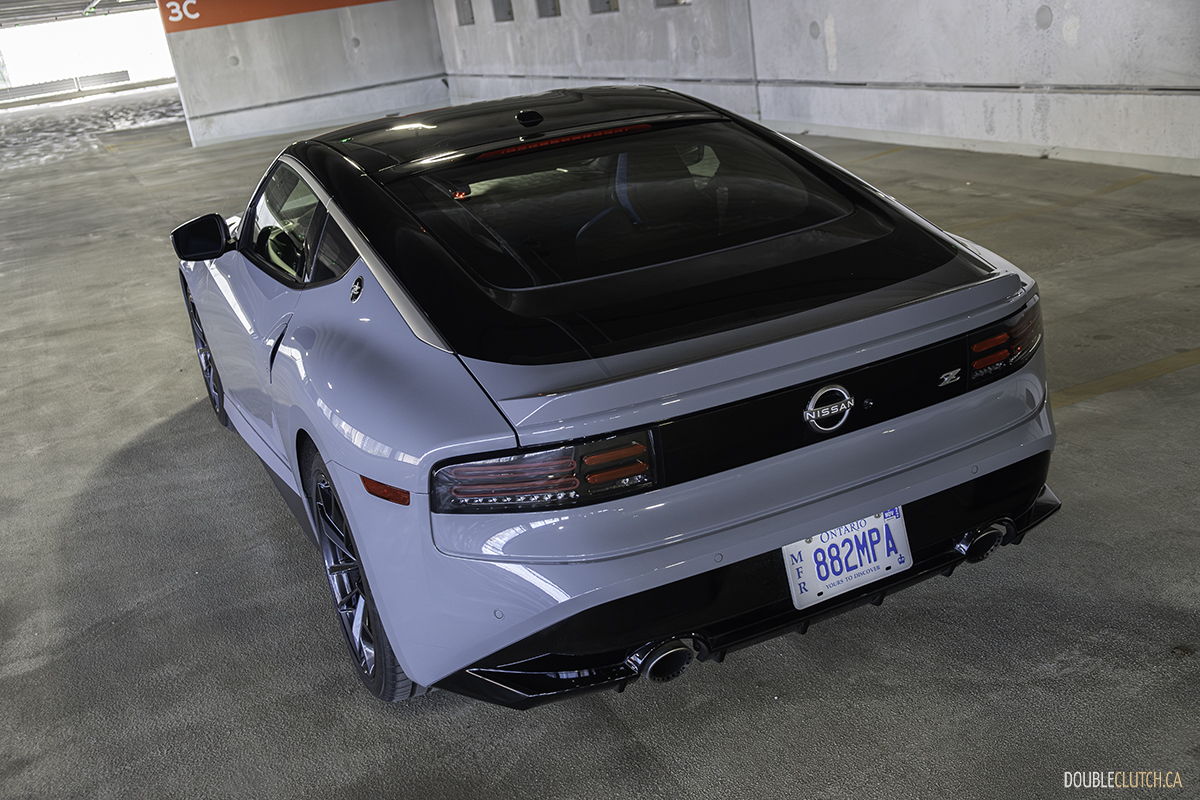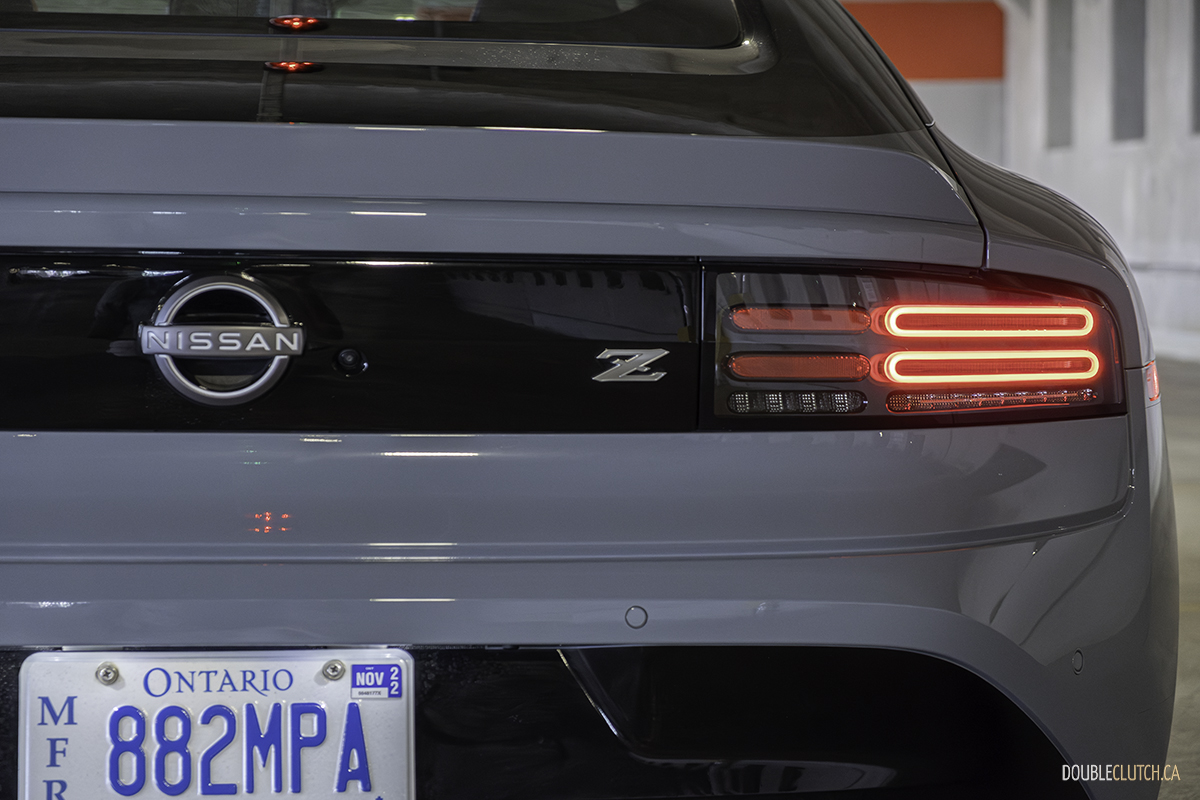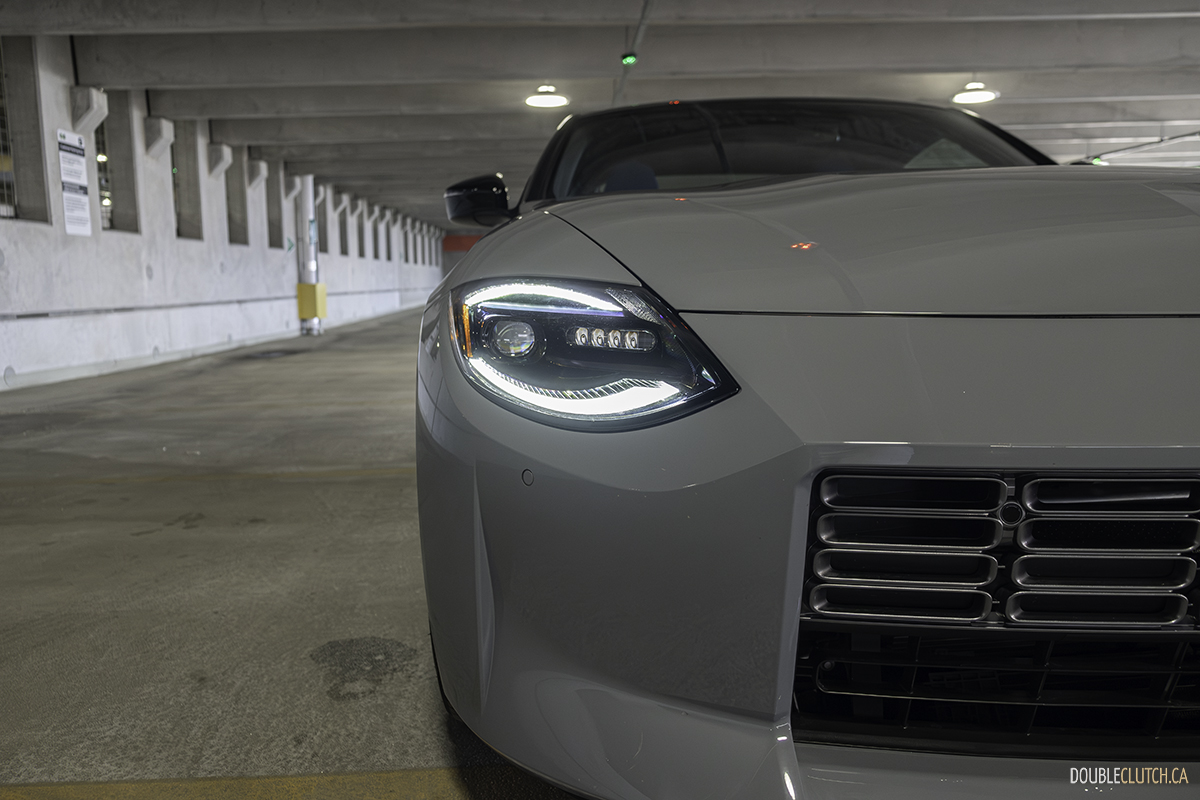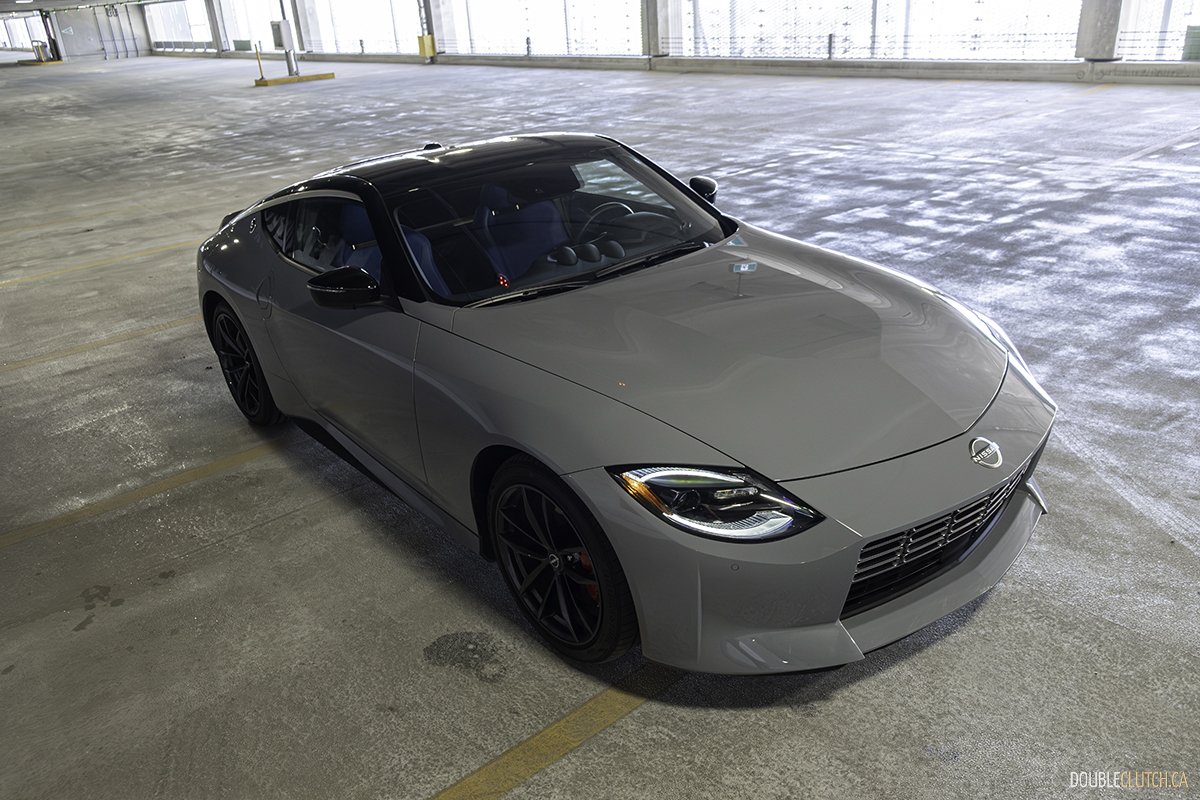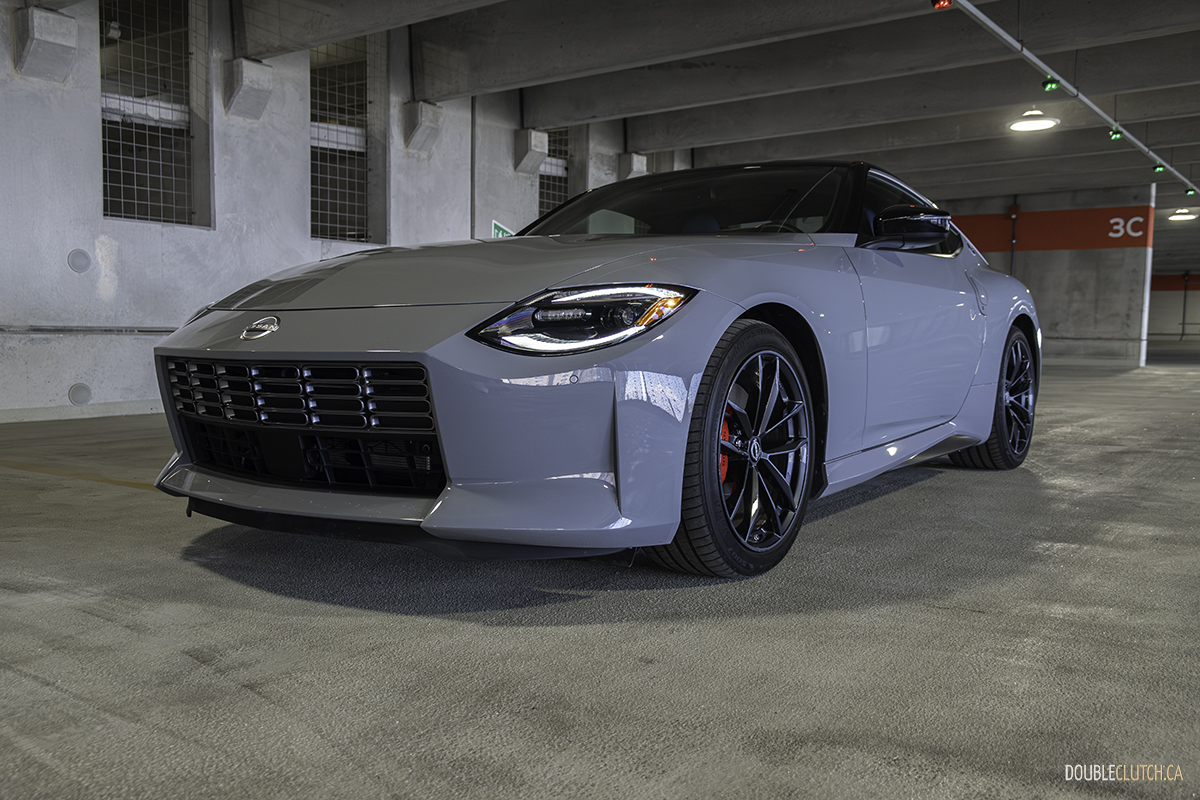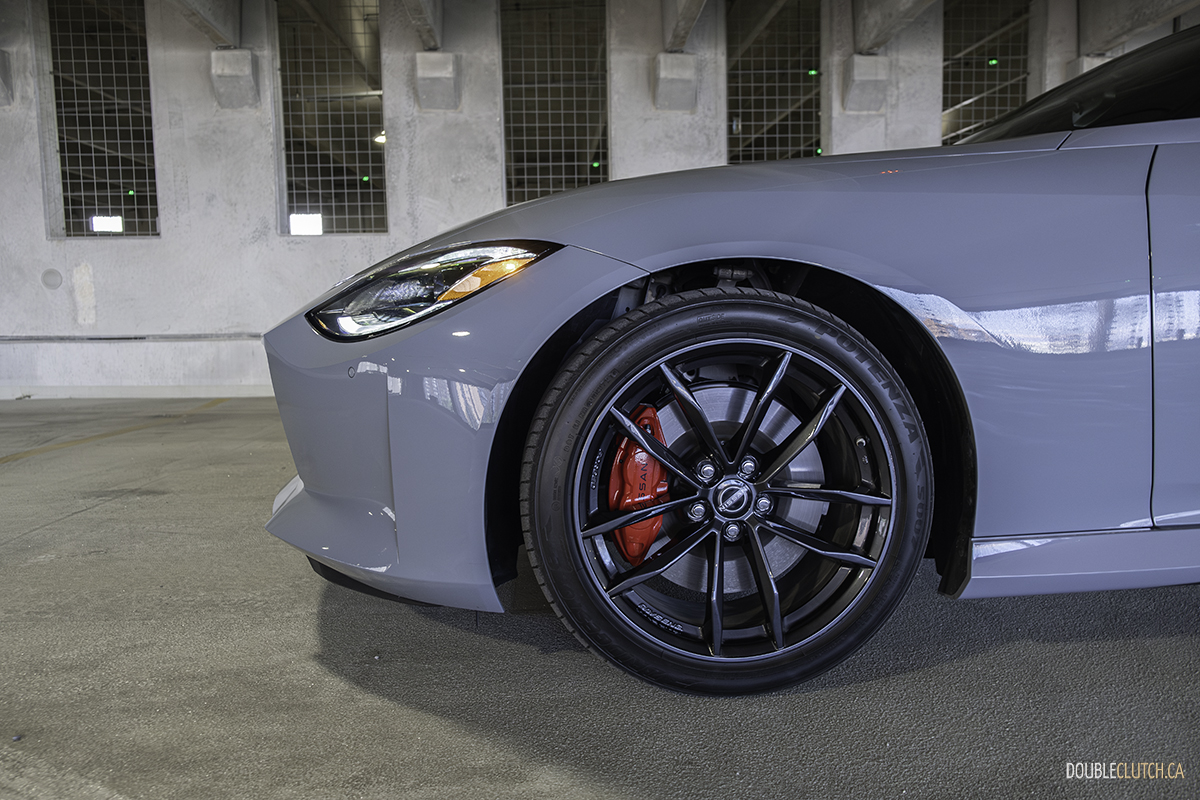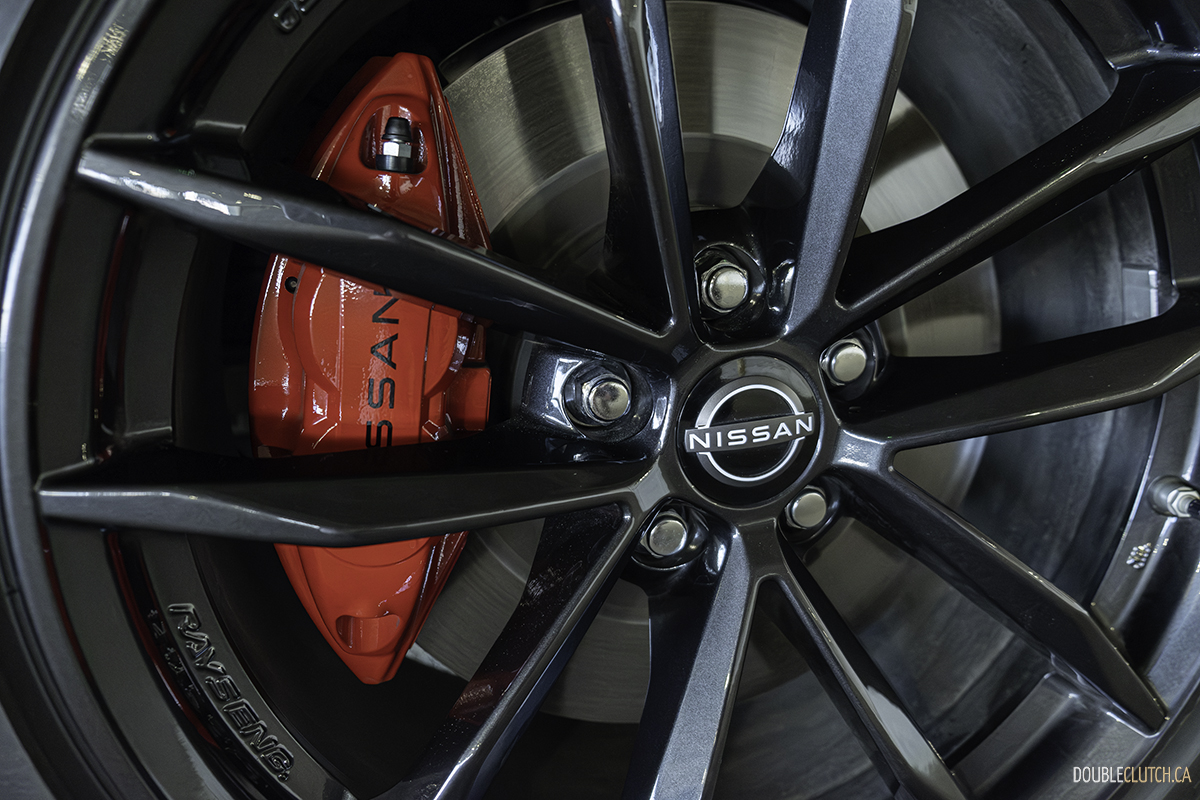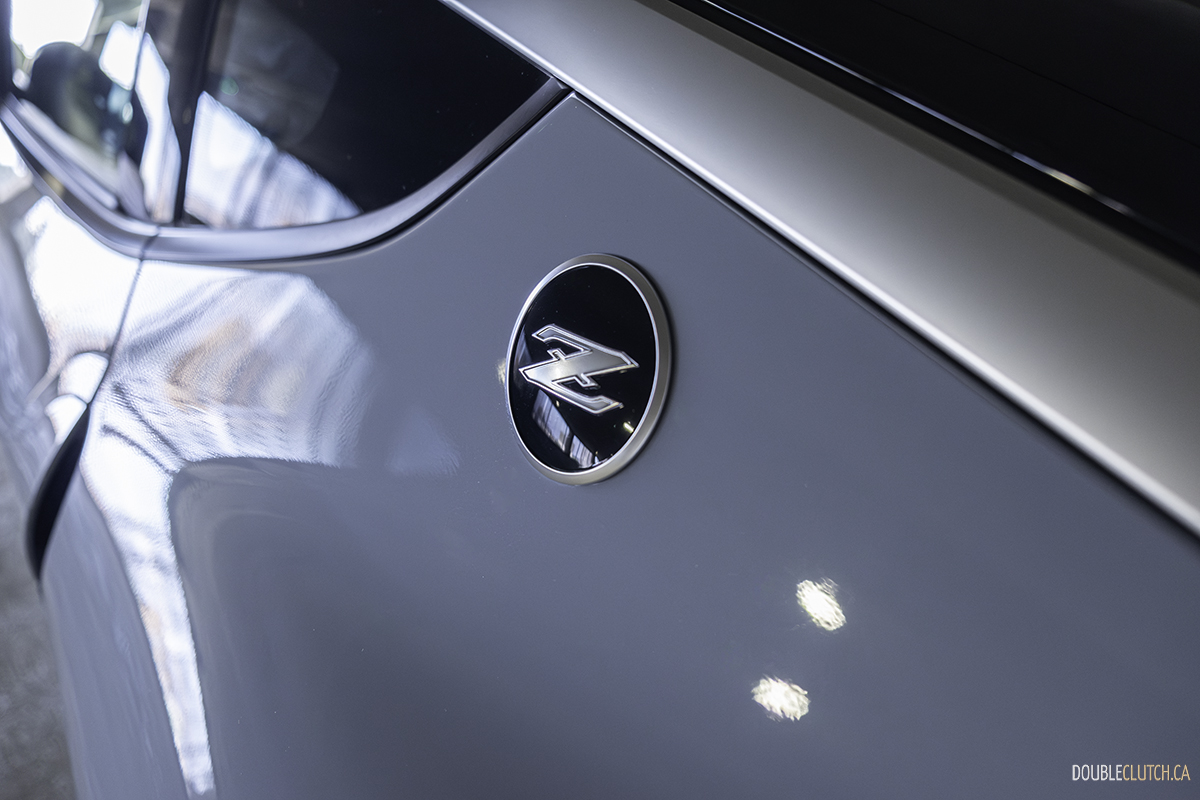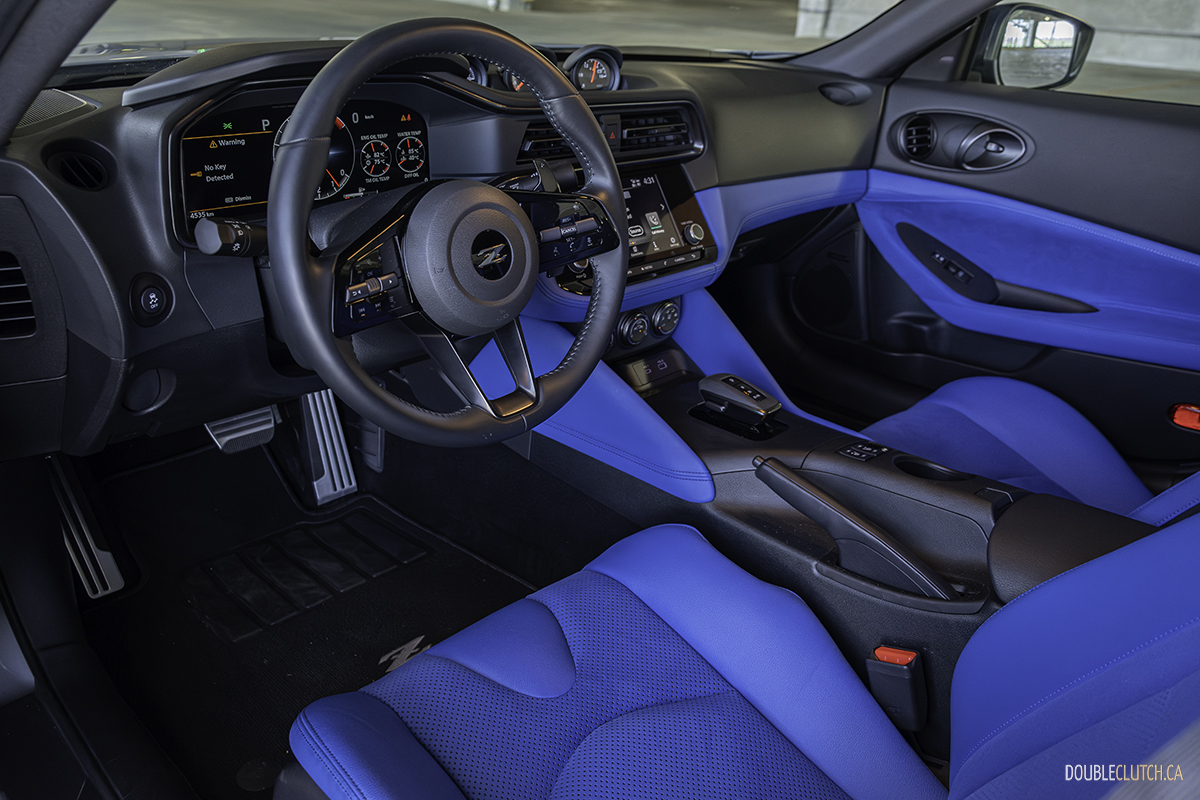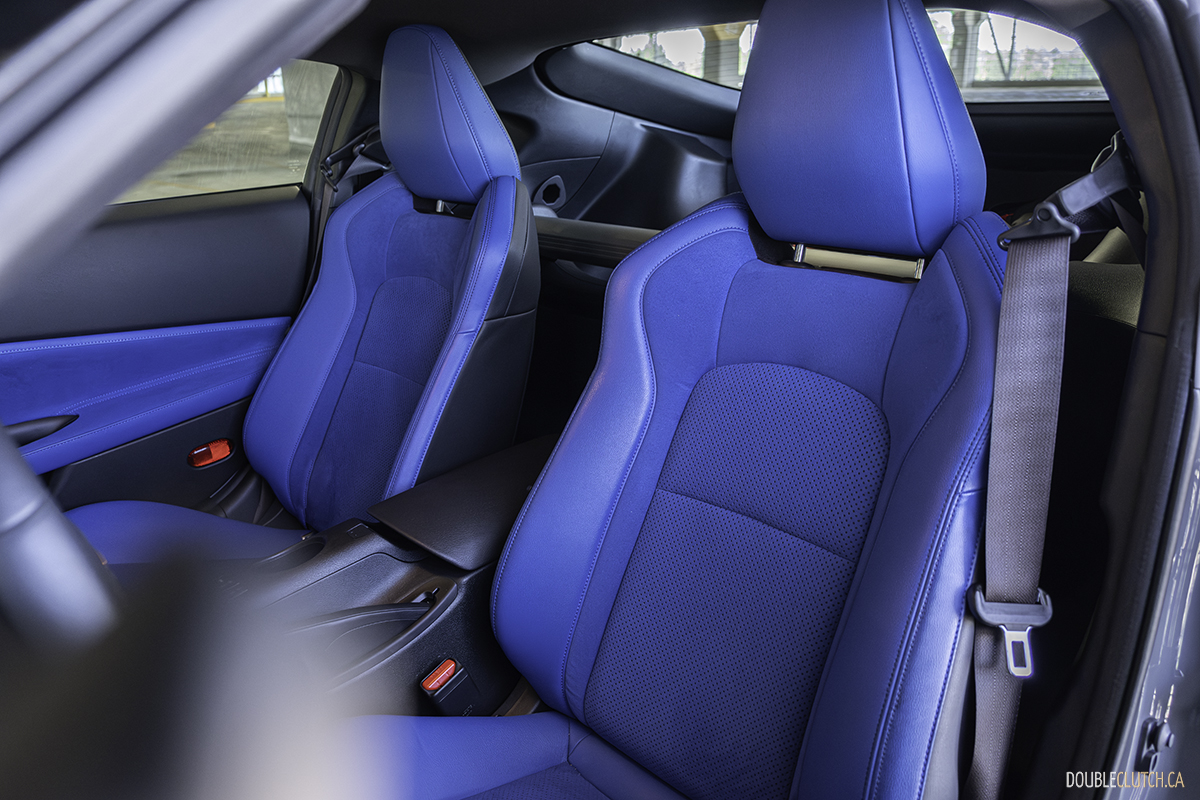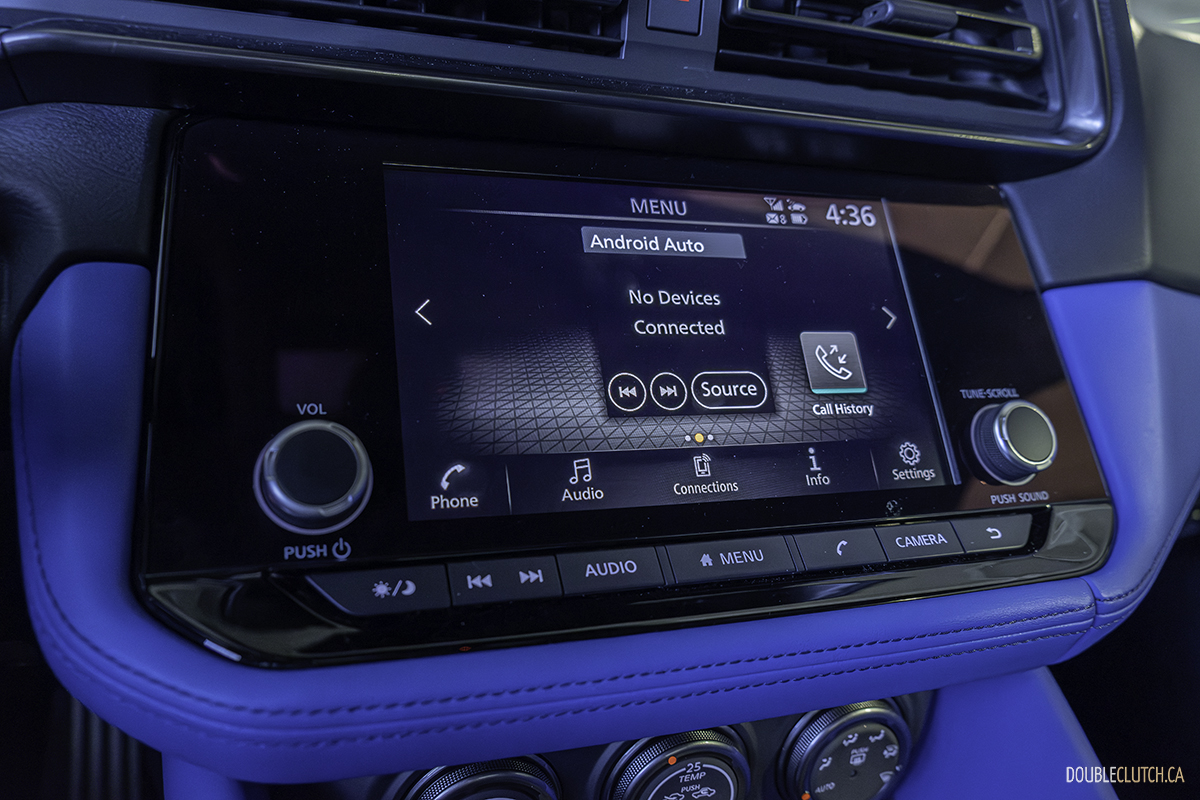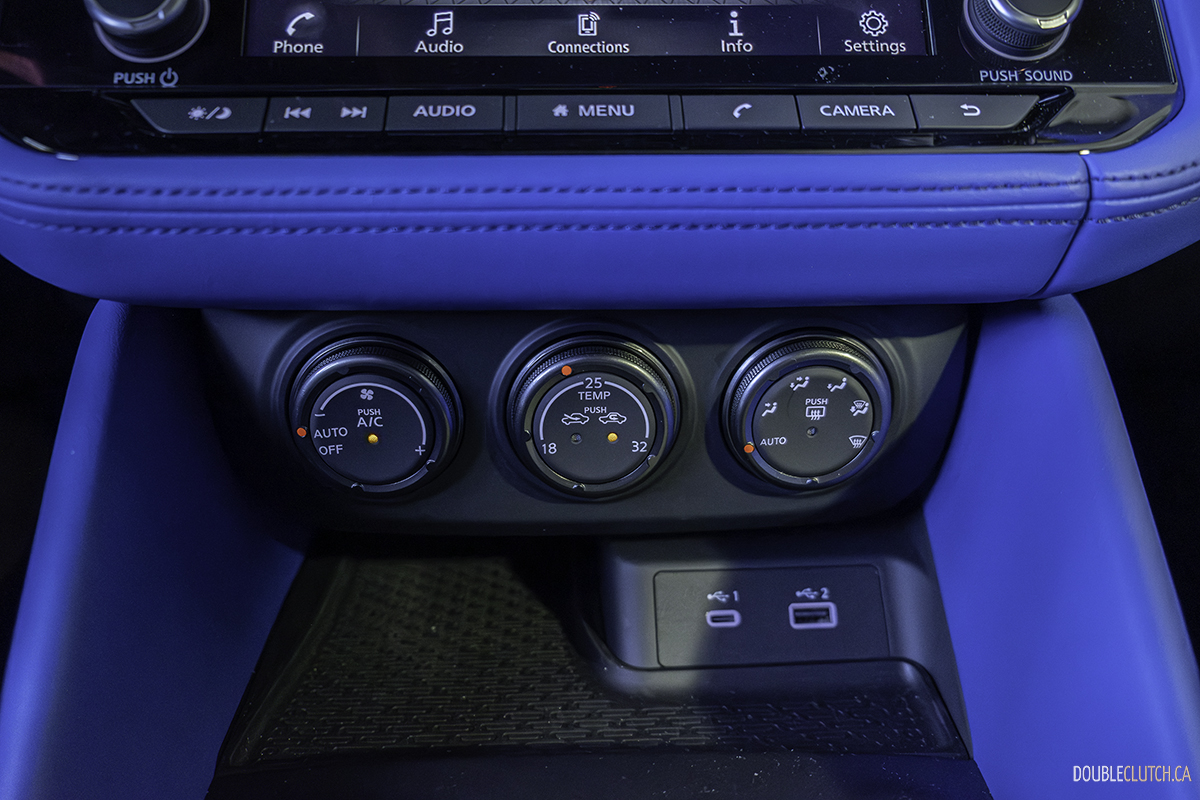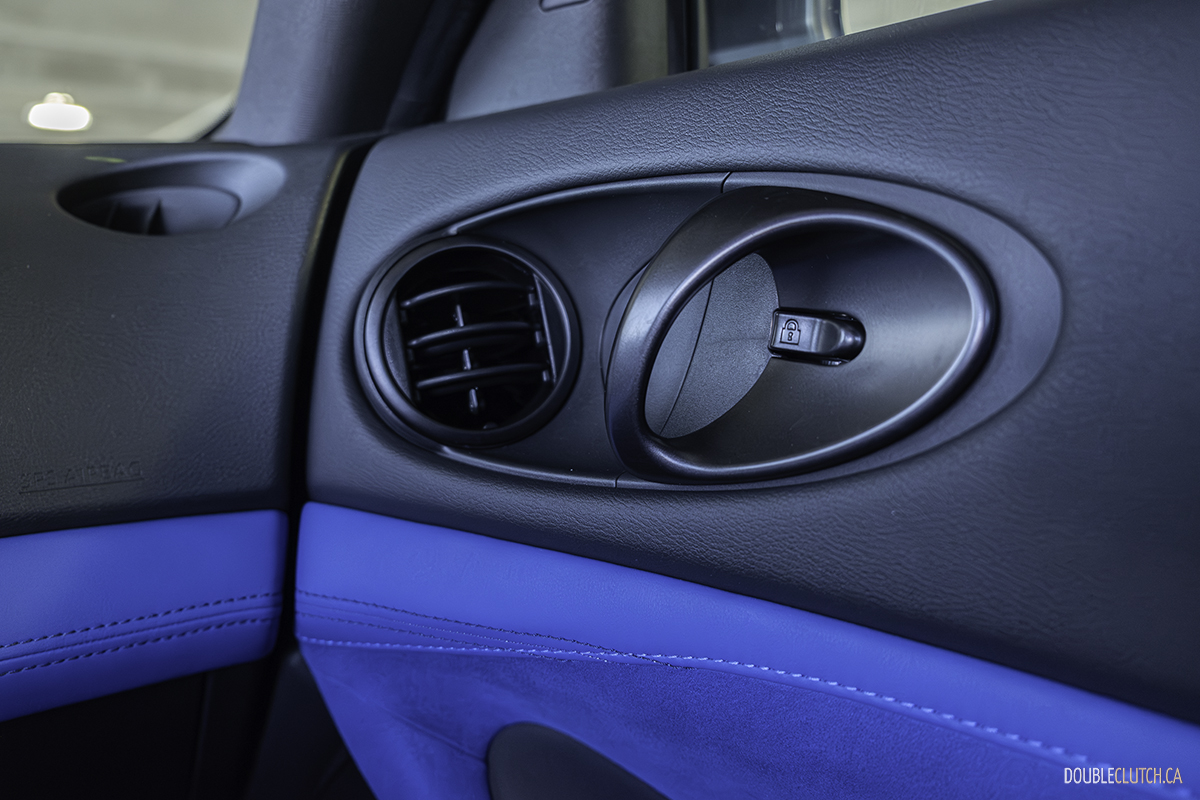Nostalgia is a funny thing. We tend to romanticize things long gone, not realizing that what we have today is simply better in every objective way. High-resolution streaming audio is objectively better than vinyl records, a digital image is sharper and will outlast a printed photo, the cesspool of today’s internet is still objectively more useful than yesteryear’s slower and simpler version, and cars are simply better than they once were. With that in mind, I find it funny many are shocked when the new model of a car is faster than the last. What did you expect? Things (generally) get better with each new version, but then I got into the new 2023 Nissan Z, and I got to thinking.
The Nissan Z nameplate started back in 1969 with the legendary 240Z, a then-affordable sports car for the masses that quite literally changed the game. Never was there a car that looked so good, moved so well, and priced so affordably. When it grew to become the 260Z, it actually went backwards in some ways, having reduced power output due to emissions regulations and to add insult to injury, increasing in weight. The late ’70s Z followed the industry trend of luxury and technology, introducing lots of creature comforts that were a la mode then, like velour seats, digital dashboards (no nothing like what you see today, think old alarm clock screens), T-tops, and other weight inducing features. The Z became much more of a gran-tourer rather than a sports car.
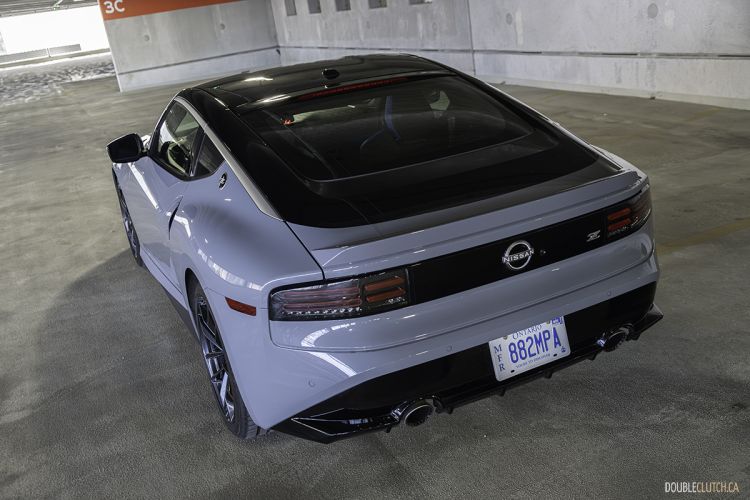
By the time the 280ZX rolled out in 1978, the zero-to-60 mph (96 km/h) time went from eight seconds in the 240Z to just about 11 seconds in the newer 280. I guess things don’t always improve upon every generation, do they? But then we were introduced to the first turbocharged Z in 1981. Power was no longer an issue, and a zero-to-60 rip took just over seven seconds.
Things got even more interesting when the 1990 Nissan 300ZX was introduced. It looked like nothing else on the road, and with its optional twin-turbo V6 making 300 horsepower, it was a rocket. After the (very expensive) 300ZX died in 1996, the world was left without a Z until 2003. The new Z was beautiful, packing a naturally aspirated 3.5-litre V6 engine making 287 horsepower, a stout number for the time. There was no longer a turbo model available, but the Z was a performer, matching the performance of cars costing significantly more, and returning to its roots as an affordable sports car.
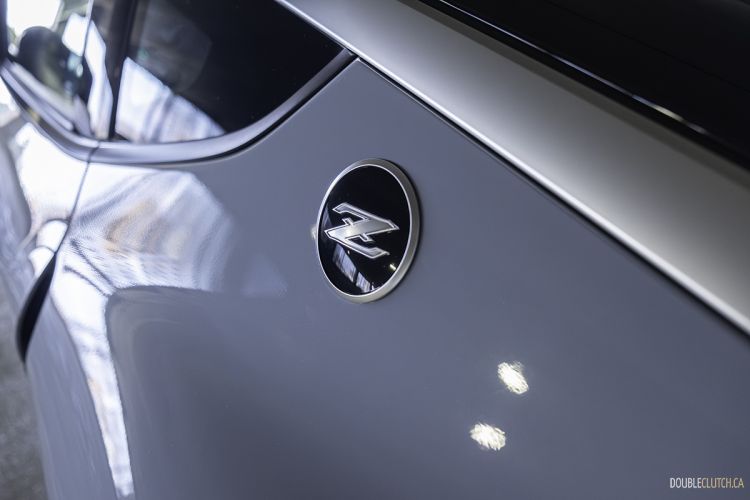
In 2009, we got the 370Z, a completely revised version that was lighter and even more powerful. Things were looking pretty good for the Z, until about 2013 or so when a revision would have injected life back into the model — but nothing major came. How about 2015? Nothing. Okay, 2018? Still nothing. Maybe 2020? Nope. Due to Nissan’s corporate and financial turmoil, the 370Z languished, mostly forgotten on dealer floors for more than a decade (minus the Nismo model), losing its once mass appeal in the process. Fast forward to today, where Nissan reintroduced the Z — just Z, no numbers — a beautiful ode to its predecessors.
Although this new Nissan Z looks all new, it actually sits on a heavily revised version of Nissan’s “Front Midship” platform used on the 370Z — itself a heavily revised version of the platform used o the 350Z — but with almost 80 per cent of parts being new or heavily revised. (Front Midship, or “FM”, is Nissan’s way of saying the centre line of the engine sits behind the centre line of the front wheels, so if you were thinking it’s mid-engined, it is not.)
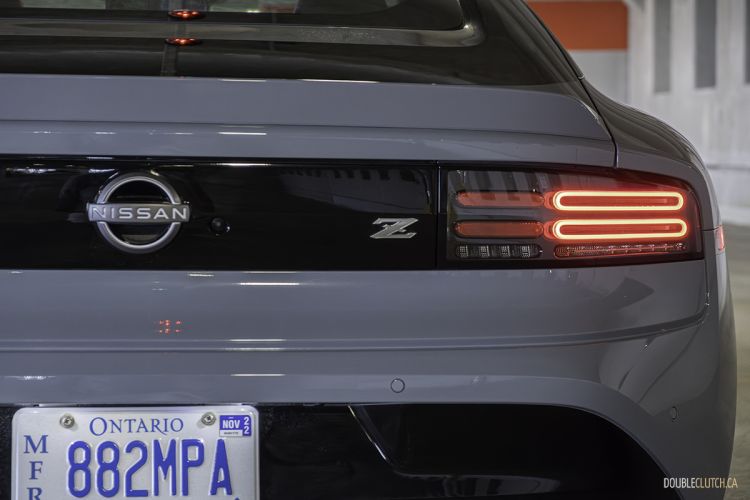
How Nissan was able to accomplish what appears like a completely different car from the dusty bones of the old one is impressive, to say the least. Many design elements hearken back to old Zs, such as the Z logo placed on the C-pillar and the front end clearly inspired by the original 240Z, with its squared off grille and rounded headlights. The overall body is unmistakably Z, with a long hood and short deck along with the plunging coupe profile, sharing the outline of the 350 and 370Zs. The rear end is inspired from the 300ZX from the 1990s, with dark tail lights accentuated by a small lip spoiler and twin exhaust tips.
Despite being a mishmash of design elements from multiple generations, the entire look works extremely well. The number of nods and appreciation I got in my week with the car proved Nissan got the styling right. Our tester rolled on staggered 19-inch forged Rays wheels, wrapped in Bridgestone S001 summer tires, and with bright red Akebono brake calipers peeking through. The new Z certainly looks the part, both for Z fans and car enthusiasts in general.
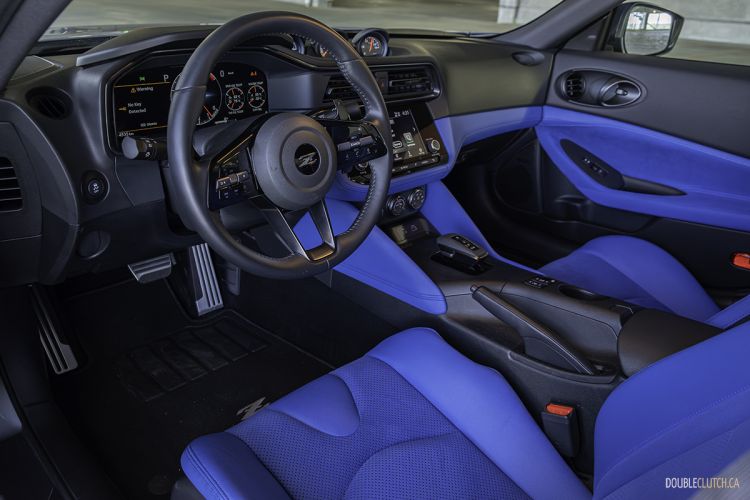
The interior is where we start to see the old bones of the old Z, with some switchgear cribbed from past Zs and looking decidedly old school. The seats look like they were pulled straight out of the 370Z, with manual adjustments to raise and lower the seat, and even manual lumbar support.
The infotainment system and all-digital gauge cluster, however, have been completely redone, with modern graphics, great black levels, and snappy responses. Personally, I love that Nissan kept the three analog gauges on the dashboard — a nostalgic touch from the 240 and a few other past Zs over the years — and even our tester’s bright blue interior grew on me as well. The steering wheel gets some nostalgia points as well, being loosely designed after the R32-generation Skyline GT-R’s wheel; I enjoyed the old-school thin rim and indented grips at the nine and three o’clock positions. Trunk space is surprisingly decent as well, if a bit shallow due to the sloping roofline. When it all comes together, the interior manages to work, both in spite of and as a result of some of the aging design elements.
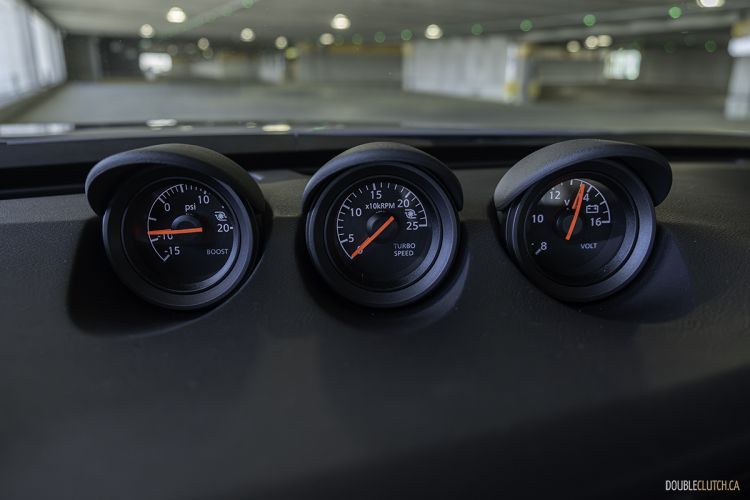
Even the powertrain is a nostalgic touch. Like the 300ZX of the ’90s, this new Z is powered by a 3.0L twin-turbo V6, although the two powerplants are otherwise unrelated. Shared with the Infiniti Q50 and Q60, this decidedly more modern V6 produces 400 horsepower at 6,400 RPM, and 350 pound-feet of torque at a very low 1,600 RPM. The transmission in our test car is a nine-speed automatic, but the nostalgia is soured here, feeling decidedly old-school (read: slow) in its responsiveness. Newer torque-converter automatics — like the units manufactured by ZF — can come close to dual-clutch responsiveness, but not this one. It’s slow to respond and rev matching takes too long to execute, generally feeling like a clunky, hot mess. The transmission is easily the biggest letdown of the new Z.
However, the engine and transmission combo did yield surprisingly good fuel economy. I averaged 10.9 L/100 kilometres for the week. That’s right in the sweet spot of the new Z’s official fuel economy ratings of 12.3 L/100 km city, 8.6 highway, and 10.6 combined.
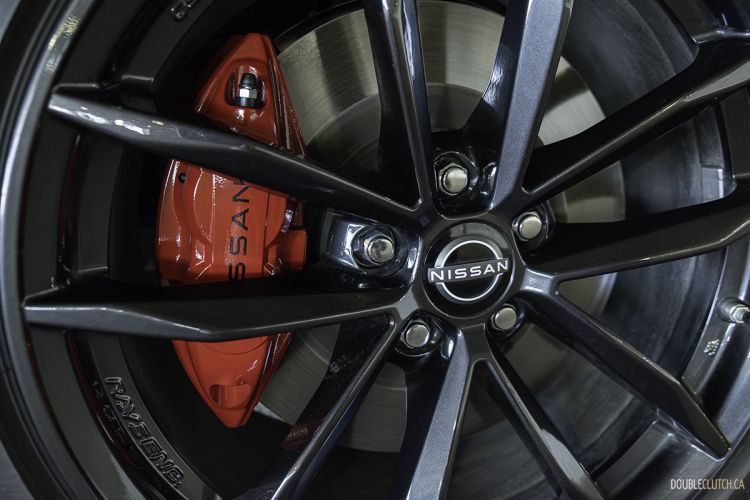
Transmission gripes aside, the steering is a high point, feeling communicative through that retro designed steering wheel. It’s good enough that I had to double-check to confirm the new Z didn’t have hydraulic power steering; it’s electric, much to my surprise. The upgraded Akebono brakes, with four-piston calipers up front and two-piston calipers out back, did a great job of slowing the car down and felt easy to modulate.
Power from the twin-turbo V6 is abundant. Numbers aside, the throttle mapping on the new Z can get you in trouble very quickly, often needing less than 50 per cent of pedal pressure to get the wheels spinning and the car sideways. I’d argue throttle mapping could use some finessing, as it’s less than elegant in execution, be it in standard or sport modes. On the flip side, it makes for an entertaining drive and it’s not so bad that you can’t drive it around smoothly.
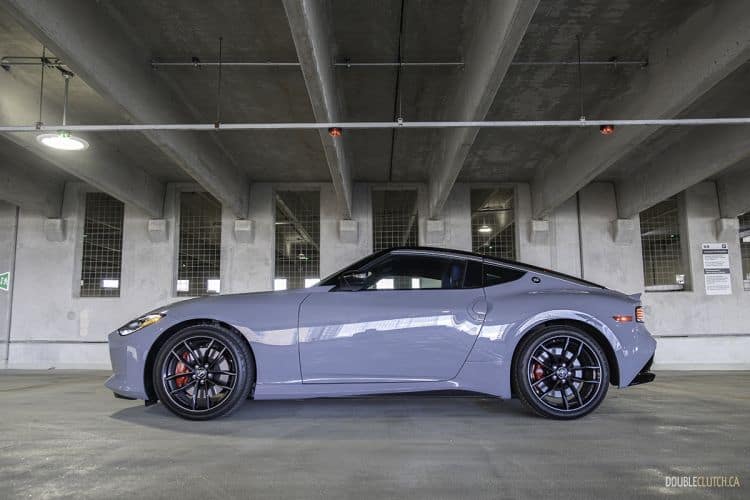
Speaking of smooth, suspension tuning certainly leans more towards gran-tourer rather than sports-car, soaking up bumps surprisingly well. I could easily take the Z on a long-haul road trip with nary a complaint. The backroads is where the suspension starts to waver. Despite having the right stuff on paper — double wishbones up front and a multi-link setup in the rear — the softly sprung Z starts to wallow and waver when you change directions fast. Long sweepers can feel unsettling as the back end never really finds its place. The 275-section rear tires don’t hold on as well as you’d think, and you end up backing off long before you thought you would. This is a seven-tenths car, best enjoyed when pushed, but not exactly to its limits. Push it any harder and the experience starts to falter.
Oddly enough, the automatic Z has a louder valved exhaust as compared to the much quieter manual version. It sounds good, although not quite as distinctive as the 350Z back in 2003.

With the Z, the entire experience is decidedly old school. The looks are a nostalgic throwback, and popular opinion suggests that’s a good thing. The drive is nostalgic, feeling like an old chassis with new life breathed into it. It isn’t perfect; the new Z is far from being as clinical and focused as so many new sports cars are, and it’s objectively worse than some of its competitors.
But much like vintage records, there’s a certain charm to it that you just can’t explain. There’s a warmth to the 2023 Nissan Z that’s missing elsewhere, and with a more hardcore Nismo version on the way, I can’t help but think Nissan did this entirely on purpose. Giving us a hit of nostalgia that we so often crave, while saving the more clinical version for the encore.

